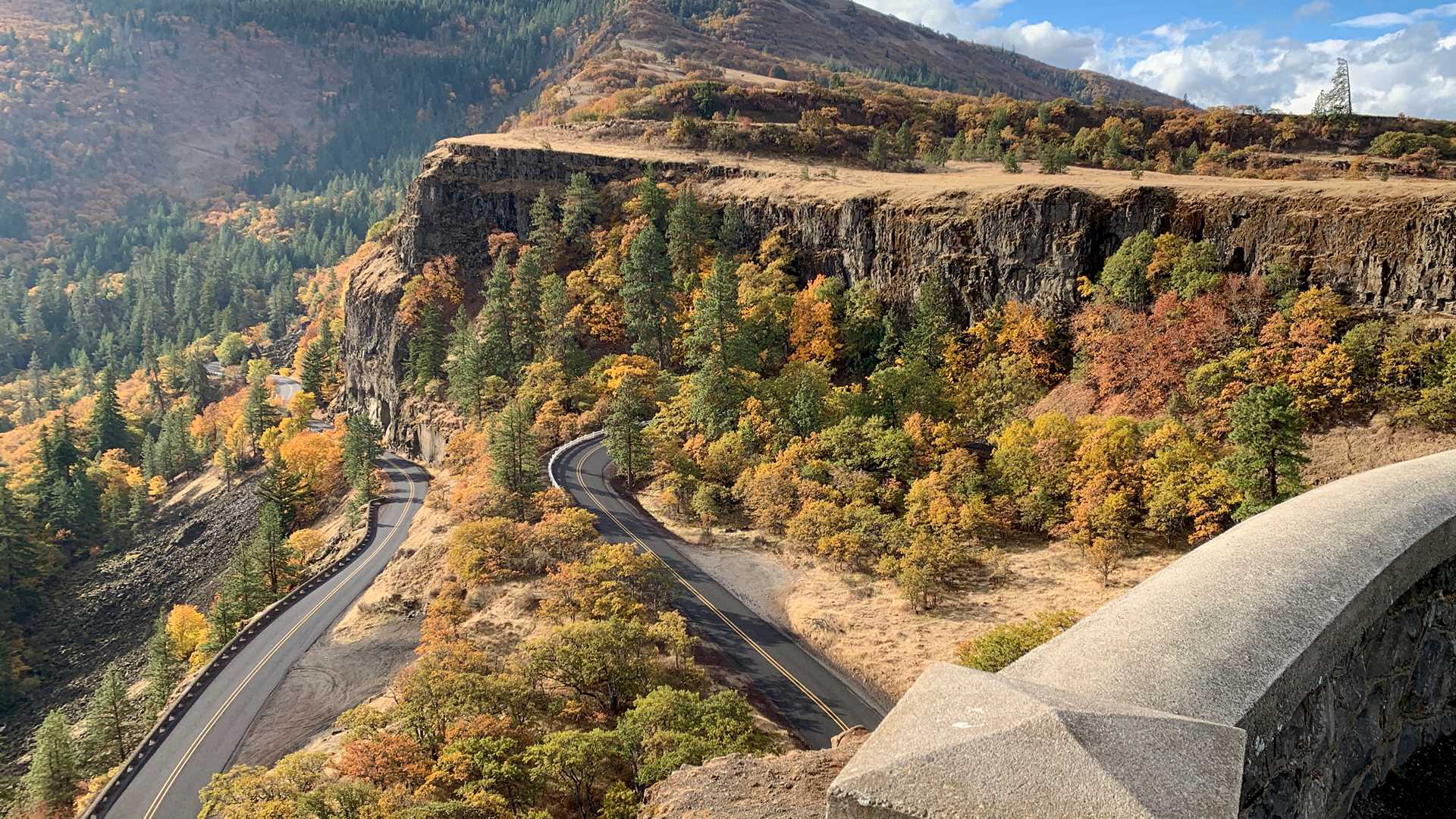Travelling up the Columbia River is a story of changes. Over broad swaths of time, the building of the continent, the laying down of the basalt rocks, the uplift of mountains, and the scouring of the landscape by sweeping floods, all set the stage for the landscape we see. The vegetation and the associated fauna have dramatically changed from the wet and mild coastal climate to a rain shadowed dry oak forest and grasslands. The human imprint of different people, their movements, their industry and trade, their imagination, are strong here. We are in Hood River with a full day of excursions before returning to the upriver journey of National Geographic Sea Lion.
4/24/2025
Read
National Geographic Sea Bird
Hood River
Unseasonably warm and dry weather continued to grace us as we proceeded with our expedition down the Columbia River. The morning was crisp as we disembarked in Hood River, Oregon, but quickly warmed up as we boarded our coaches. Our explorations began at Multnomah Falls, the number one tourist attraction in the state of Oregon. After we experienced this astounding cascade, some of our guests proceeded to Beacon Rock for a scenic climb up this 800-foot tall, aged lava plug. Others went to the Bonneville Fish Hatchery where we visited a local icon, Herman the sturgeon. Then both groups of explorers met at the Columbia Gorge Interpretative Center for Syncline wines and an overflowing helping of intriguing local history. As the superb weather continued, we voyaged back to National Geographic Sea Bird for a lovely afternoon of classic cruising down the Columbia River. Guests enjoyed the sun on deck or an engaging presentation on how climate change is affecting migratory birds. Complimentary water-level views of Multnomah Falls followed, and our last transit through a lock of this trip – a lovely passage through the Bonneville Lock and Dam. Photos by Doug Crispin and Alex Rubenstein









